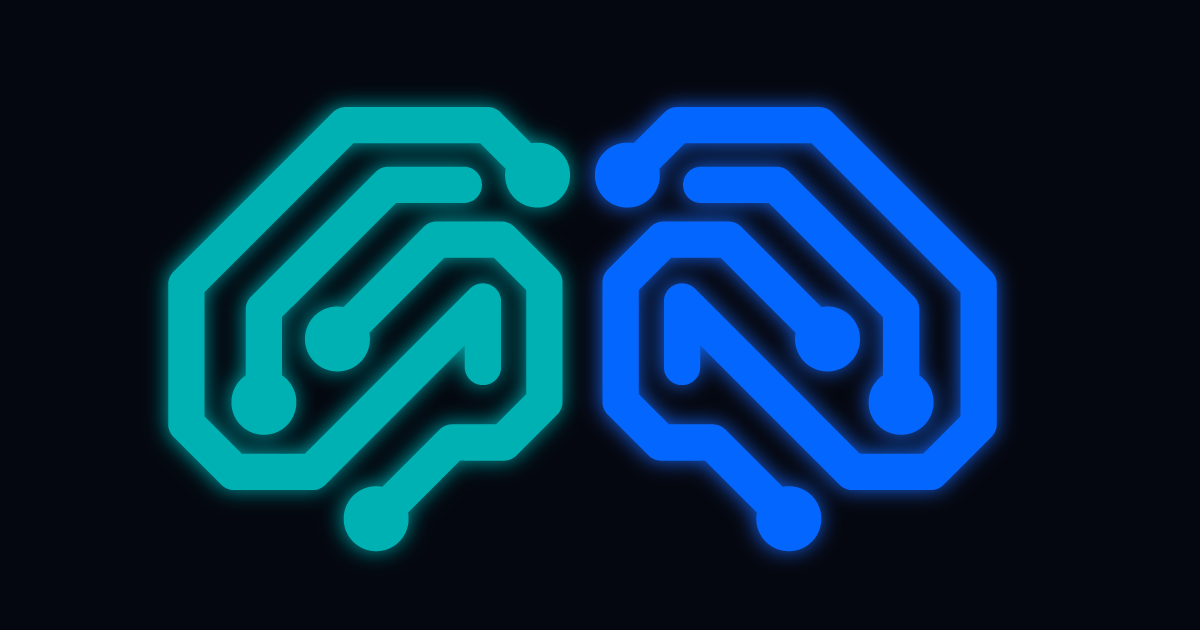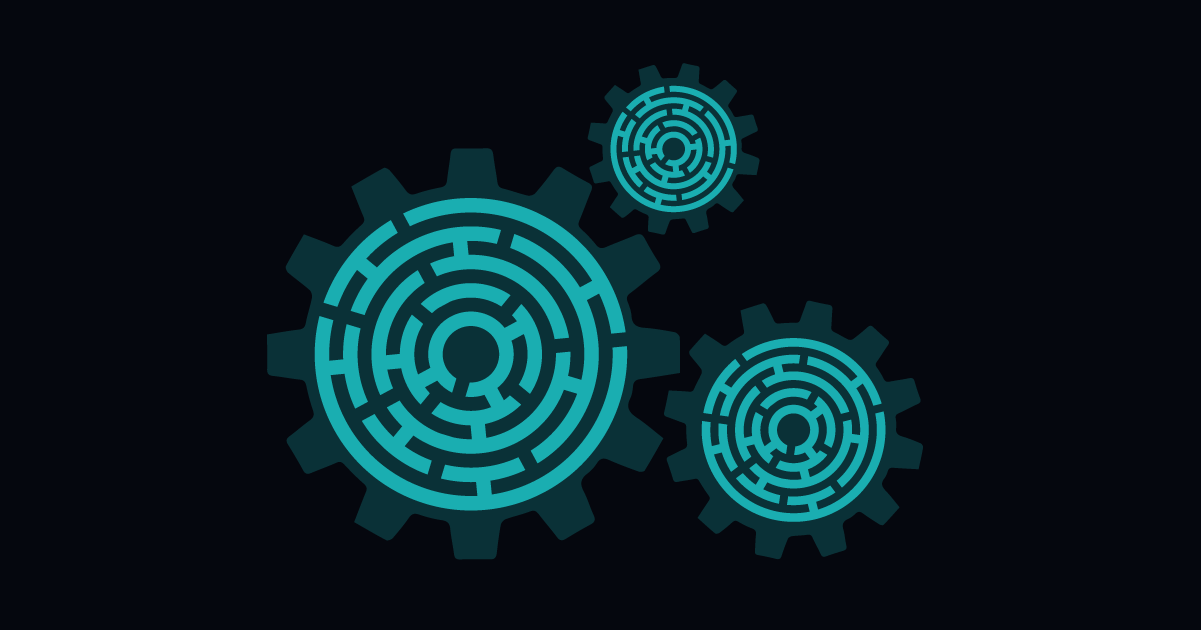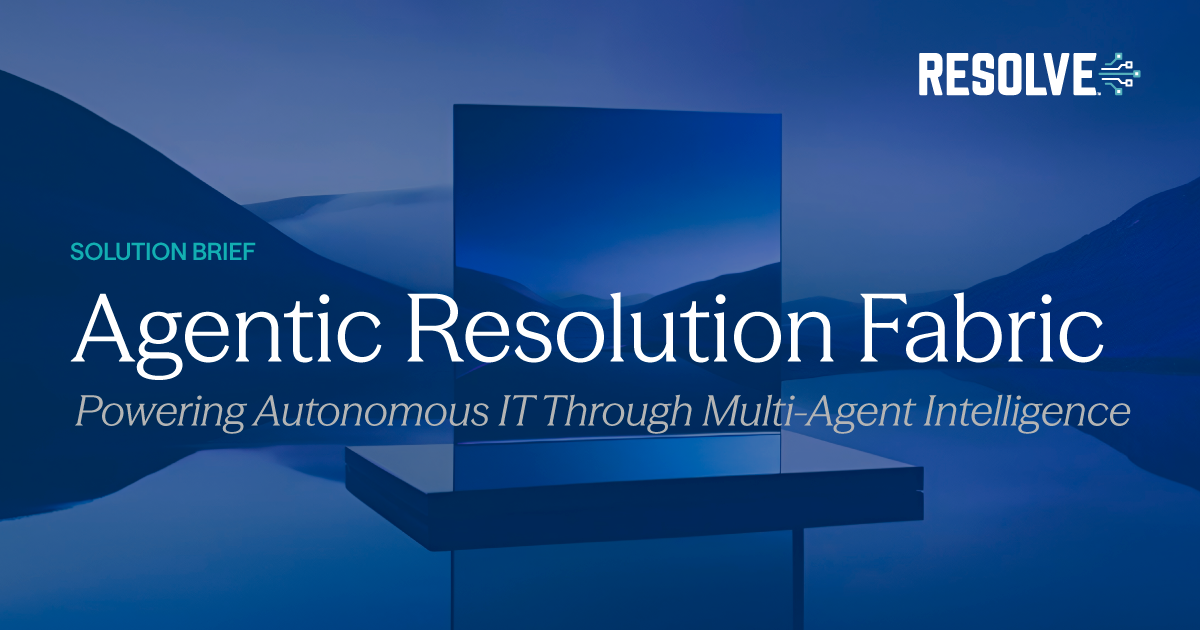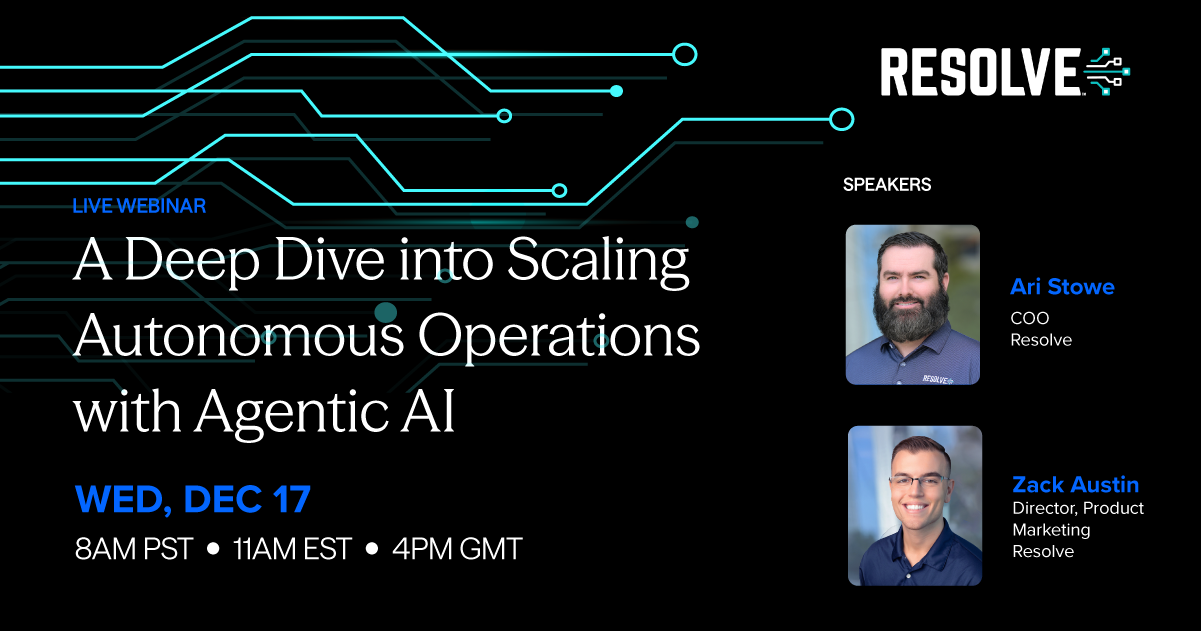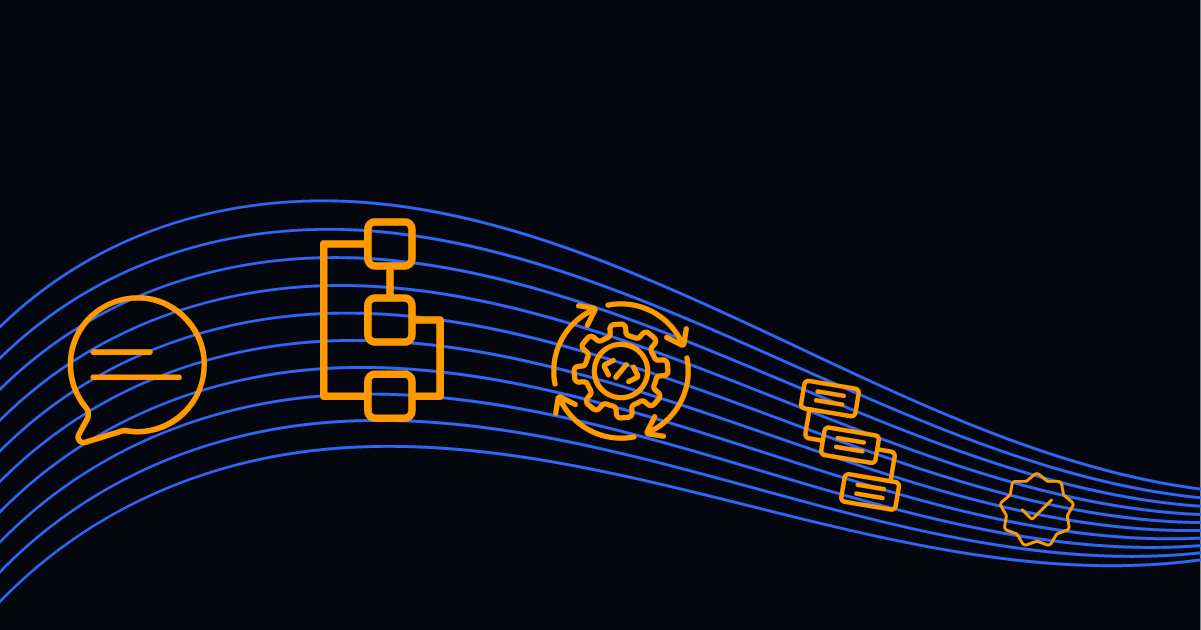
A Guide to Agentic Orchestration
Subscribe to receive the latest content and invites to your inbox.
A lot of IT organizations (I daresay most IT organizations) aren’t short on bots; they’re short on direction.
You've got GenAI copilots here, virtual assistants there, and workflow bots running in many different tools. Maybe one automates diagnostics while another resets passwords.
But none of them talk. None of them collaborate. None of them understand what the others are doing. That’s not automation; that’s entropy.
What you need is agentic orchestration: an approach that emphasizes utilizing an agent of agents.
What Exactly Is Agentic Orchestration?

Agentic orchestration is the process of coordinating multiple AI agents that are each designed for specialized tasks to achieve shared outcomes. It moves you beyond single-use bots or isolated workflows and into a fully integrated system where agents collaborate, adapt, and execute autonomously.
This agent-of-agents approach is the difference between having a dozen tools versus having one intelligent engine powering your operations.
Think of it like an enterprise symphony; each AI agent is a unique instrument that handles triage, remediation, access control, and more. On their own, they’re impressive. But without a conductor, they don’t create music. They create noise.
With Resolve, that conductor is the action controller, the orchestration layer that connects signals (like user requests or alerts) to the right agentic response. It ensures that every agent knows what to do, when to act, and how to pass context and outcomes across the entire ecosystem.
You can see exactly how this works below. AI agents (like RITA and Jarvis) receive intent, process language, and act on signals. The action controller handles execution, integrations, and governance. And beneath it all, outcomes like resolution, workflows, and Zero Ticket IT are delivered with full-loop visibility and control.
This architecture isn’t theoretical. It’s live and in production today, driving faster resolution, better experience, and true operational scale for some of the world’s most complex IT environments.
Why You Can’t Just Keep Adding Bots in a Silo
Let’s say you roll out a GenAI assistant in your service portal to help users ask better questions. Then, you launch a few scripts that automate password resets or service restarts.
Next comes a network ops tool that auto-creates tickets from alerts. Then a new observability dashboard. And, maybe, another bot to summarize incident history.
Each of these agents and tools does something useful. But none of them work together unless you force them to with an agent-of-agents approach, and every integration you build is a fragile, manual effort that breaks the moment anything upstream changes.
This leads to what we call automation sprawl:
- Dozens of disjointed bots and assistants
- Repetitive actions executed in parallel
- Redundant alerts and overlapping triggers
- No shared understanding or memory across systems
- And worst of all: no orchestration
The result? Your team spends more time managing automations than they would just doing the work manually.
Agentic orchestration fixes that by creating a collaborative layer across agents. It lets your tools work as a unified system, not a pile of digital duct tape.
READ MORE: AI Service Desk Showdown: RITA vs. Legacy Chatbots
What Agentic Orchestration Looks Like in Practice
At Resolve, agent of agents isn’t just a concept. It’s our foundation.
Let’s walk through what this looks like on both sides of the IT service equation:
1. At the Human Door: Smart, End-to-End Fulfillment
A user messages your IT assistant: “I need access to the Salesforce account.”
With a legacy ITSM bot:
- The chatbot forwards the request to a human agent
- A ticket is created and added to the backlog
- Someone manually checks permissions and grants access
- The loop is closed, slowly
With Resolve’s agentic orchestration:
- RITA, our resolution agent, captures the request and understands intent
- Checks identity, role, and policy via connected systems
- Launches an approval workflow or automatically provisions access
- Logs all actions in ServiceNow or your ITSM platform
- Notifies the user with a resolution message
No human touch. No manual routing. Just request to resolution in one seamless motion.
2. At the Machine Door: Real-Time Incident Response
Your monitoring system detects a RabbitMQ failure in your production cluster.
Without orchestration:
- The alert is sent to a dashboard
- A ticket is created, again
- Engineers log in, investigate, diagnose, and resolve manually
With Resolve:
- The event triggers an orchestration engine
- Diagnostic agents are launched automatically
- Jarvis, our workflow agent, evaluates context and suggests a resolution path
- A remediation workflow runs to restart services, verify health, and log the fix
- If escalation is needed, it’s enriched with full context and logs
This isn’t just automation. It’s intelligent, agentic orchestration.
The Four Pillars of Agentic Orchestration
True agentic orchestration requires more than a few triggers and APIs. Here’s what separates Resolve from bolt-on AI tools:
1. Context Sharing
Agents don’t operate in isolation. Resolve passes data, user state, and system conditions between agents so they can make informed decisions at every step.
2. Adaptive Workflow Execution
Workflows aren’t hardcoded. They adapt in real time based on agent feedback, environment changes, and outcome probabilities. The orchestrator can choose new paths mid-flight.
3. Embedded Intelligence
LLMs like GPT-4o enhance every decision point. Jarvis doesn’t just execute scripts; it recommends, generates, and optimizes workflows based on natural language input.
4. Full-Loop Integration
From chat to ticket to fix to documentation, everything is connected. The platform ensures that actions are recorded, visible, and reusable. Every agent contributes to a shared memory.
READ MORE: Agentic Automation Workflows That Actually Work
Why Agentic Orchestration Matters: Strategic Value Over Tactical Wins
Most automation projects start with narrow goals:
- Reduce tickets
- Accelerate response
- Cut costs
That’s pretty good. But wielding an agent of agents unlocks something much better:
- Cross-silo execution: Service desk, network ops, cloud, identity, and compliance all work together.
- Resilience: If one agent fails, the orchestrator reroutes. No more brittle pipelines.
- Scale: As new agents or systems come online, they plug into the orchestration layer instead of being bolted onto a dozen integrations.
- Strategic agility: You can swap models, vendors, or tools without rewriting automations. Resolve abstracts the complexity.
That’s how you move from tactical automation to enterprise-wide transformation.
The Outcomes: What Our Customers Achieve
Here’s what happens when you move from agent sprawl to orchestration:
- 50–60% ticket deflection by resolving requests at the point of entry
- Up to 70% MTTR reduction for complex incidents
- 40%+ ITSM license savings by offloading approvals, triage, and fulfillment
- Higher employee satisfaction from faster, proactive support
- Better compliance and auditability through automated documentation
And perhaps most importantly, teams get to focus on strategy instead of firefighting.
Resolve: The Agent of Agents
This isn’t a theoretical model. It’s how Resolve is architected:
- RITA is the agentic IT assistant that handles requests, triage, and task execution at the human door.
- Jarvis is the AI architect that builds workflows in natural language and automates orchestration logic.
- Resolve’s platform is the orchestrator layer that connects them and every other tool in your stack.
Together, they coordinate dozens of specialized agents into a unified, intelligent system.
Resolve doesn’t compete with your automation stack. It conducts it.
Don’t Automate More. Orchestrate Better.
The future of IT automation isn’t about chasing the next LLM plugin or bot. It’s about building systems where intelligent agents can act, adapt, and improve together.
That’s agentic orchestration.
And Resolve is how you get there.

